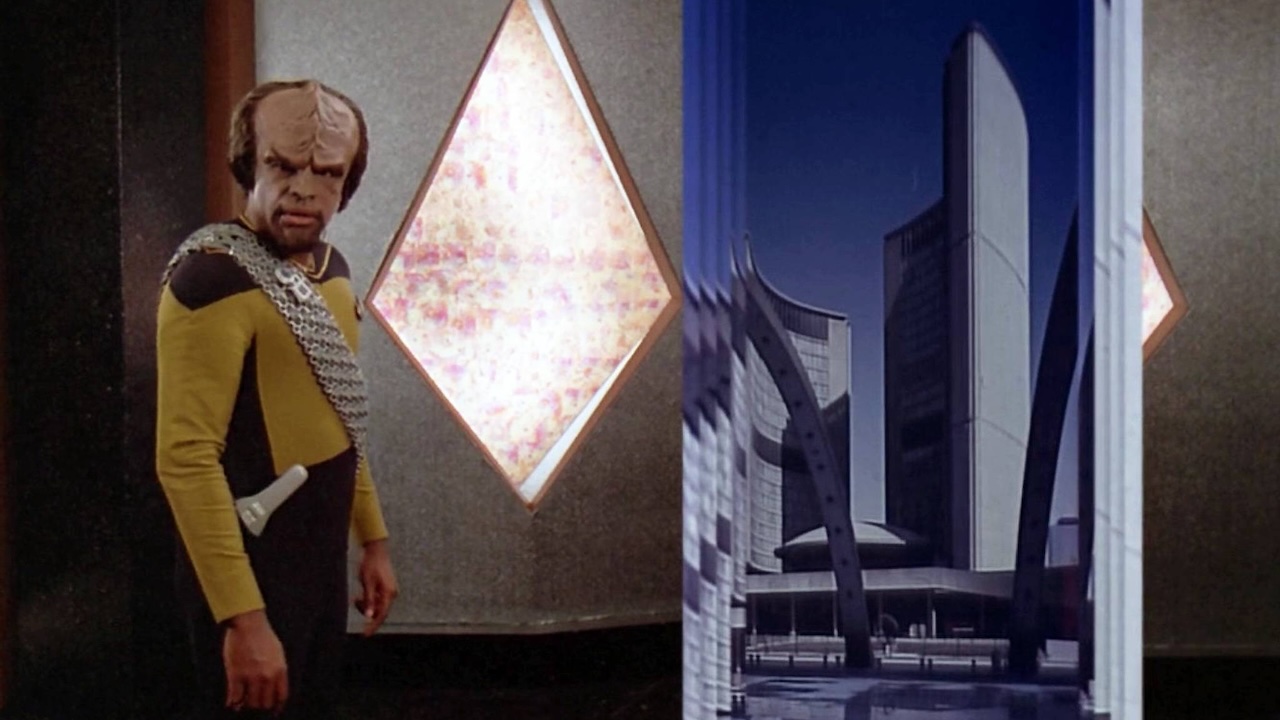-
STR Weekly Insights: Global Hotel Industry Thrives While U.S. Faces Mixed Summer Performance – Image Credit CoStar
U.S. Hotel Industry Sees Minor RevPAR Improvement Amid Mixed Regional Performances
The U.S. hotel industry experienced a slight improvement in Revenue Per Available Room (RevPAR) for the week of August 24-30, 2025, following a three-week decline. However, the overall performance remained mixed, with certain regions showing significant gains while others continued to struggle.
RevPAR Sees Marginal Growth
For the first time in three weeks, U.S. hotels saw a minor increase in RevPAR, rising by 0.2%. This modest growth was driven primarily by a 1.0% increase in Average Daily Rate (ADR), despite a continued decline in occupancy, which fell by 0.5 percentage points for the tenth consecutive week. The national average was notably impacted by poor performances in Houston and Las Vegas, which have consistently dragged down the overall figures. Excluding these two markets, RevPAR would have increased by 1.0%. Additionally, Denver and Washington D.C. experienced double-digit declines in RevPAR for the fourth week in a row.
Regional Highlights: New York, Orlando, and Chicago
In contrast to the struggling markets, New York City, Orlando, and Chicago posted significant RevPAR gains exceeding 9%, primarily driven by ADR increases. New York City saw its second-highest Labor Day demand ever, bolstered by events such as Lady Gaga’s Mayhem Ball Tour and the U.S. Open Tennis tournament. Orlando’s RevPAR growth was fueled by a final surge in summer leisure travel, while Chicago benefited from a sold-out Oasis concert, leading to double-digit RevPAR gains over the Labor Day weekend.
Labor Day Weekend Performance
The Labor Day weekend showed average performance compared to the previous year, with non-Top 25 metro and rural areas performing slightly better. Preliminary data for Sunday, August 31, indicated that room demand was the fourth highest ever for a Labor Day weekend, although occupancy rose only marginally to 70.8% from 70.7% the previous year. ADR increased by 0.6%, resulting in a RevPAR gain of 0.7%.
Summer 2025: A Sluggish Season

The summer of 2025 was characterized by sluggish performance in the U.S. hotel industry. Over the 101 days from the Friday before Memorial Day to the Sunday before Labor Day, ADR remained nearly flat with a 0.2% increase, while room demand declined by 0.4%. The summer slump affected all hotel classes except Luxury, with Economy and Midscale hotels experiencing the most significant declines. Both the Top 25 Markets and the rest of the country saw mediocre RevPAR comparisons, with changes of -0.4% and 0.0%, respectively.
Global Hotel Industry: A Strong Summer

In contrast to the U.S., the global hotel industry experienced robust growth over the summer. Using a same-store comparison, hotels outside the U.S. saw RevPAR growth in all but one week. The recent week recorded a 6.8% increase in RevPAR, driven by a 4.9% rise in ADR and a 1.3 percentage point increase in occupancy. The Middle East/Africa region led the growth with a 14.2% increase in RevPAR, while Spain, Italy, Japan, and much of Europe also posted double-digit gains. Canada continued its growth streak, although France and Germany faced declines due to challenging comparisons with the previous year.
Outlook
Looking ahead, the U.S. hotel industry is expected to continue facing challenges. The upcoming weeks are anticipated to reflect the soft performance observed throughout the summer. However, the conference season is expected to provide a boost, particularly with the Rosh Hashana and Yom Kippur holidays shifting to late September and early October. Markets hosting Taylor Swift’s ERAS Tour in October 2024 may experience negative comparisons this year. Additionally, the aftermath of Hurricanes Helene and Milton, which impacted the southeastern U.S. last year, will create difficult comparisons for markets in North Carolina, Georgia, and Florida. Overall, the industry is likely to face ongoing challenges in the coming months.
Discover more at STR.














